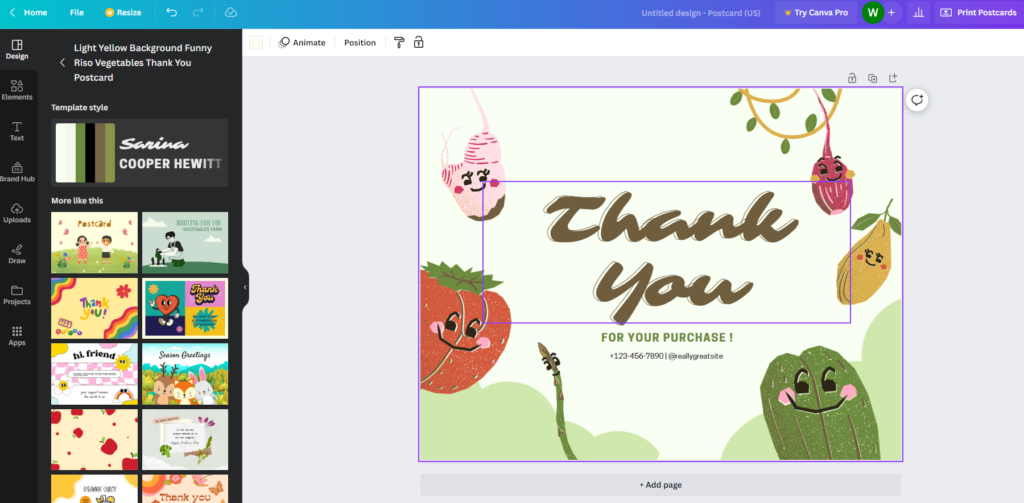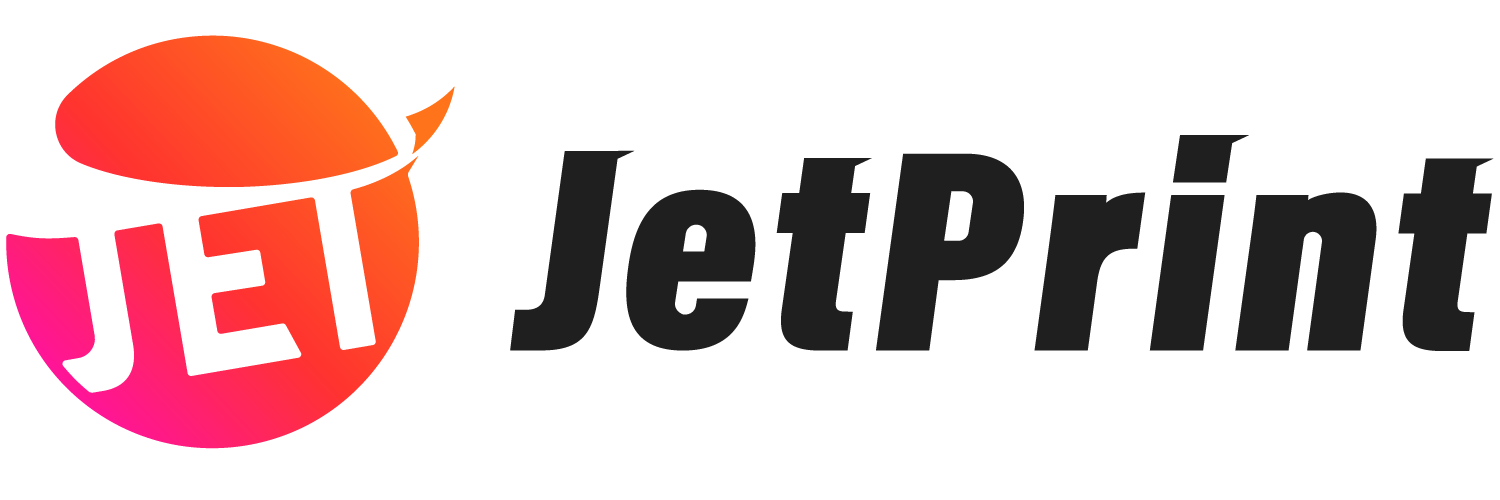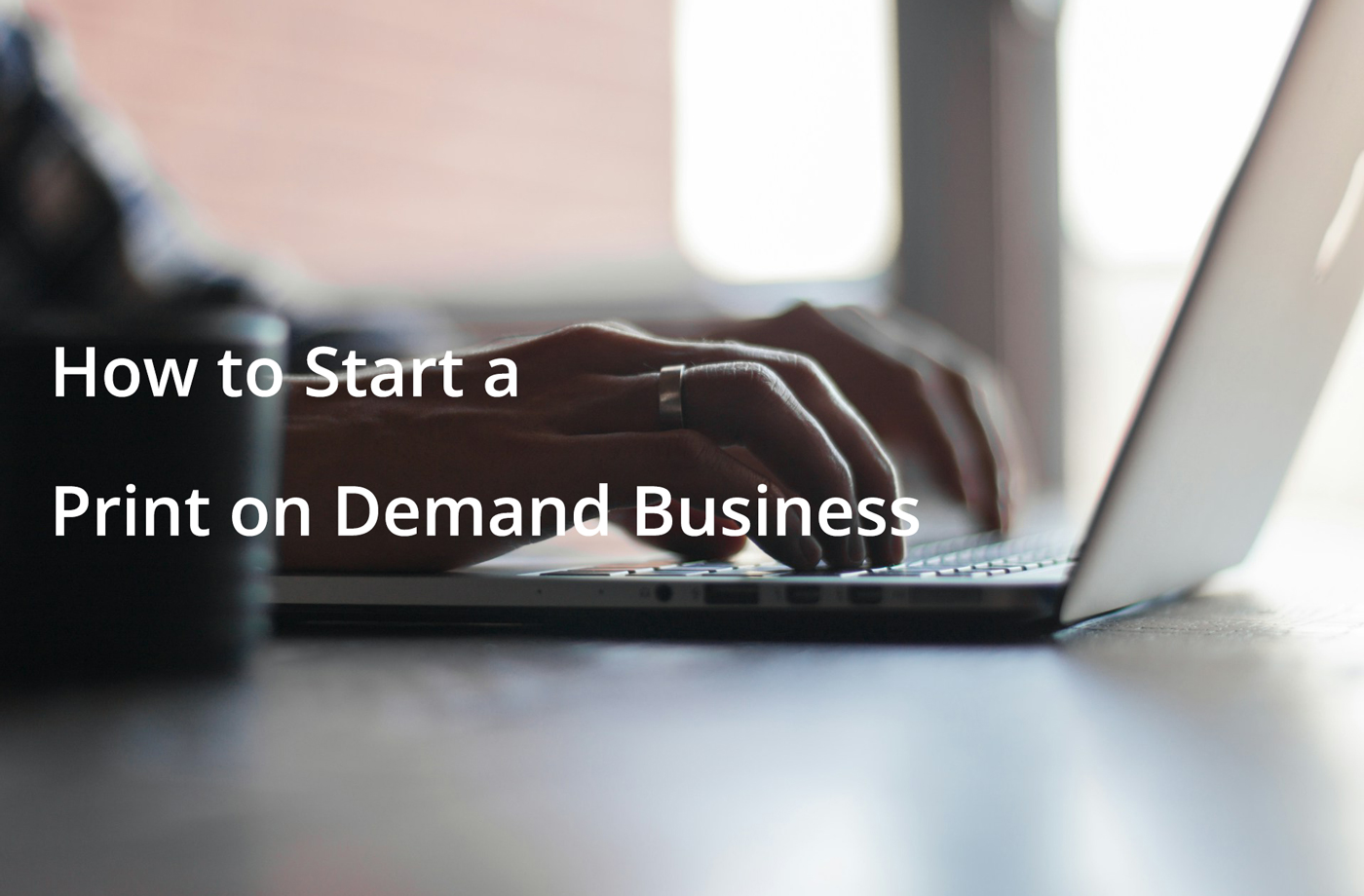Whether you’re a creative artist or someone with no design skills, you can use print on demand to sell personalized products.
After reading this article, you’ll understand all the basic steps to set up a print-on-demand business. With this information, it’s time for you to take action.
What is print on demand?
Print on demand is a business model for online sales of customized products. Items are only printed and shipped after an order is placed.
While it’s a type of dropshipping model, the print on demand process also involves design.
As a seller, you simply choose a product from your print on demand partners and add your design. When generating products, you need to use their mockup generator.
Print on demand tests the seller’s design skills; you can design it yourself or hire a designer. Although it can be challenging for sellers without design skills, print on demand is suitable for sellers at all stages.
How to start a print-on-demand business
Print-on-demand is an easy way to start with low startup costs, offering many opportunities for trial and error that can help you gain a competitive advantage in the industry.
Follow these steps, and you can use print-on-demand to turn your idea into profit.
1. Choose a niche

Choosing a niche means choosing an audience. A well-defined niche can help you target a specific group, making your marketing efforts more effective and profitable.
Choosing a niche isn’t just for print-on-demand sellers; it applies to all e-commerce sellers.
Choose an area that intersects with your interests, passions, and market needs. You can’t please everyone, so don’t try. Whether you’re into dog lovers, gym gear, or ironic coffee mugs, focus on a specific segment. The market you choose should serve a particular group of people. Drill down until you find one thing you can fully commit to.
To determine your store and niche market, here are some suggestions:
Market trends: Google Trends is a great free tool for researching market trends. It can show you whether your niche is seasonal or non-seasonal. The trend chart can also reveal whether the product trend is upward or downward. If it’s a downward trend, it may not be worth the risk.
Keyword research: The purpose of keyword research is to understand your competition and the monthly search volume of the product. Tools like Semrush, Ahrefs, or the free Google Keyword Planner will provide useful data. Since there are differences between tools, compare them to assess your niche.
Competitor research: Understanding your competition gives you insight into what works and what doesn’t. Analyze their product offerings, pricing strategies, and customer reviews to identify market gaps you can fill to differentiate yourself. Shopify stores can use PPSYP, and Etsy stores can use EtsyHunt, both of which help you monitor your competitors’ stores.
Stay active on social media: Social media is the hub of the latest trends and emerging interests. Staying up to date with these trends can help you align your niche with current and future needs. It also allows you to understand the needs of your target audience on social media.
2. Choose your print on demand product
Once you have a niche, it’s time to pick products. This will determine which products you choose or what designs you create. T-shirts, hoodies, mugs, phone cases—the options are as endless as a bad day at the office. Think about what your niche wants and which products make sense. Don’t just go for the easy stuff.
The products you choose should closely align with your niche. If your target customers are basketball fans, the products you choose might be related to basketball, such as basketball shoes, sports towels, custom basketballs, etc.
You can also unleash your creativity by designing items related to famous stars, such as team-themed colors or badge designs, and cartoon images of stars, which will attract your audience to buy.
3. Pick a supplier
Your supplier is your business partner, the one who can make or break your business. Look for suppliers with a good reputation, strong customer service, and most importantly, quality products.
Each platform has its own pros and cons. Some of the most popular POD companies include:
- JetPrint
- Printify
- Teelaunch
You may find that the products you want to sell are available from two different suppliers. There’s nothing wrong with this—you can list their products on your store. The only concern is that your buyers may receive their orders at different times due to varying supplier shipping times.
JetPrint can be your reliable supplier. We offer a wide range of high-quality products to suit your niche. Our products are competitively priced, allowing you to achieve higher profits.
If you’re an e-commerce seller, you can seamlessly integrate your online store with JetPrint. All product and order information can be centrally managed through JetPrint.
4. Create your print on demand store
You can choose between marketplaces and platforms to sell POD products. Marketplaces like Etsy or Amazon provide built-in traffic, while independent stores on platforms like Shopify or WooCommerce give you full control over your brand and customer experience.
The difference between the two is:
An e-commerce marketplace is like a large mall with many merchants selling products using the marketplace’s traffic.
An e-commerce platform is like opening a store in a place where no one knows about it, requiring you to work hard to attract your audience.
Both e-commerce marketplaces and platforms have their pros and cons, and neither is absolutely better or worse. If you’re a seller with limited startup capital, an e-commerce marketplace may be more suitable. If your priority is brand control, then an e-commerce platform is the best choice.
Regardless of which sales channel you choose, setting up your store after creating it is crucial. The store’s design will leave an initial impression on your customers, reflecting your level of professionalism.
Additionally, integrating your e-commerce store with a POD service automates the process of publishing products and fulfilling orders.
5. Create a design

Design is the core of your POD business, setting you apart from other sellers who offer the same products. Creating a design is the most time-consuming task, but a popular or eye-catching design can bring you more orders and attention.
Why should you create a design after choosing a supplier and product? Because different suppliers provide different PSD design templates. If you select JetPrint as your shoe supplier, then switch to Printify, your design will need to be adjusted due to differences in products and mockup generators. Designing based on PSD templates is the most accurate method.
There are many tools available for creating designs, from beginner-friendly options like Canva to professional software like Adobe Illustrator.
Creating designs may be easy for talented artists, but even they can sometimes lack inspiration. The following websites can help spark ideas:
- Behance
- Dribbble
You can also explore markets and other websites to check out others’ designs. However, plagiarizing someone else’s work is unethical and could lead to legal issues.
If design isn’t your strength, consider hiring a freelance designer from platforms like Fiverr or Upwork. You can also opt for simpler, popular designs like “I love my mom” t-shirts, which don’t require advanced design skills.

6. Set a price

This is where it gets tricky—pricing. I don’t think anyone wants to run a charity in the e-commerce industry.
When pricing, you need to consider the following factors:
You must calculate product costs, shipping costs, taxes, and platform fees.
Product and shipping costs can be included in your pricing, allowing you to offer free shipping to customers. Of course, you’ll need to set different shipping models for different countries. Offering free shipping can reduce the likelihood of buyers abandoning their shopping carts.
Review your competitors’ pricing strategies and consider pricing your products slightly lower than theirs. This is one way to keep your prices competitive.
Scarcity increases value. The uniqueness of your design will influence your product pricing.
The expected profit margin for POD entrepreneurs is typically 20%–45%. Most sellers aim for a minimum profit of at least $15. This gives you some flexibility for promotions and discounts.
Prices are not static. As you run your store, you may notice that your click-through rate is high, but orders are few. This is when you should consider lowering your prices. Conversely, if both your click-through rate and orders are high, raising your prices slightly can increase your profits.
7. Order a sample
Hold off on displaying your work too soon.
There’s nothing worse than your design looking terrible on a cheap t-shirt. So before you start selling, ordering a sample is essential. This ensures that the effort you’ve put in doesn’t go to waste.
Ordering samples allows you to verify product quality, check printing accuracy, and evaluate the overall look and feel of the product. This hands-on experience ensures that the product meets your standards before it’s offered to customers, helping maintain your brand’s reputation and customer satisfaction.
Additionally, samples provide valuable content for marketing, such as photos and reviews, giving potential buyers more confidence to purchase from your store.
8. Promote your products
You can have the best designs in the world, but if no one knows about them, it doesn’t matter. Promotion is key. Use social media, email marketing, and even good old-fashioned word of mouth to spread the word. Don’t be shy—this is your business, your livelihood.
Here’s how to promote your products and increase sales:
SEO
Optimize your product listings with relevant keywords to improve search engine visibility. Use tools like Google Keyword Planner and Semrush to find the best keywords.
Long-tail keywords are specific phrases that potential customers might search for. These keywords usually have lower competition and higher conversion rates, making them ideal for targeting a niche audience.
Related articles:
The Beginner’s Guide to Etsy SEO
10 Best Etsy SEO Tools to Get More Free Traffic
Social media marketing
Take advantage of platforms like Instagram, Pinterest, and TikTok to showcase your products. Share high-quality images, engage with potential customers, and don’t forget to use hashtags to reach a broader audience.
Email marketing
Build an email list to stay in touch with your customers. Send newsletters featuring new products, promotions, and customer testimonials.
Create content
If you use an e-commerce platform to build your store, it’s easy to create a blog. Writing about topics related to your products or potential buyers can attract visitors and convert them into customers, while also positioning your website as professional.
Paid advertising
Paid advertising: Google Ads and Facebook Ads
Paid advertising can increase visibility and drive targeted traffic to your store. Start with a small budget, test different ad creatives, and optimize based on performance. When running ads, focus on your target audience and avoid showing your ads to everyone.
Work with influencers
This method can quickly introduce your products to potential customers. The biggest challenge might be finding and negotiating with influencers. Choose active influencers on TikTok or Instagram rather than YouTube. TikTok and Instagram have more buyers than sellers, making these platforms more likely to attract customers who appreciate your designs and make purchases.
Start your POD business
There is still a lot of potential in the print-on-demand business.
By following the steps outlined in this guide, you can build a successful POD business that capitalizes on the growing demand for personalized products. Remember, success doesn’t happen overnight—keep learning and continue refining your strategy based on feedback and data.


0 Comments